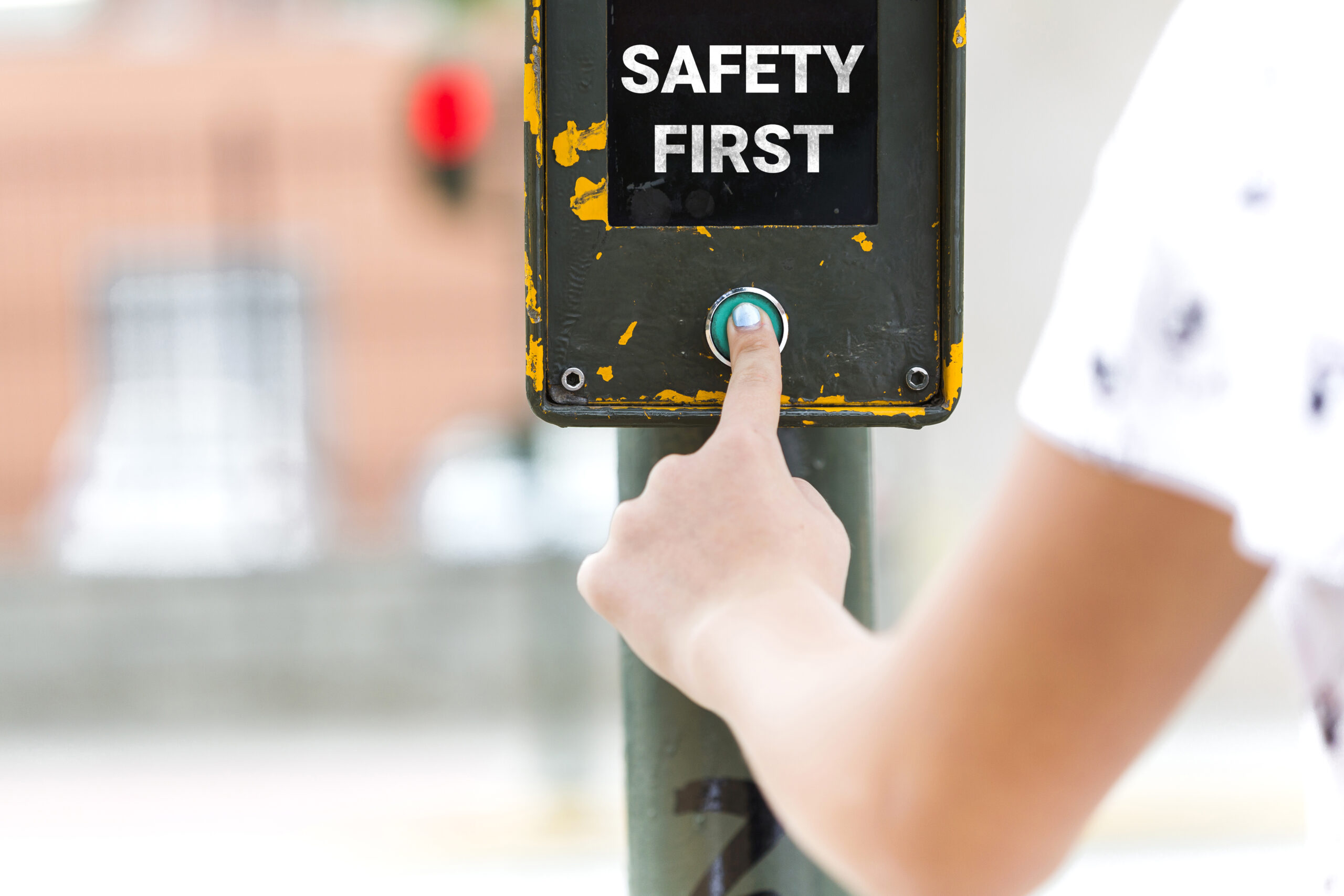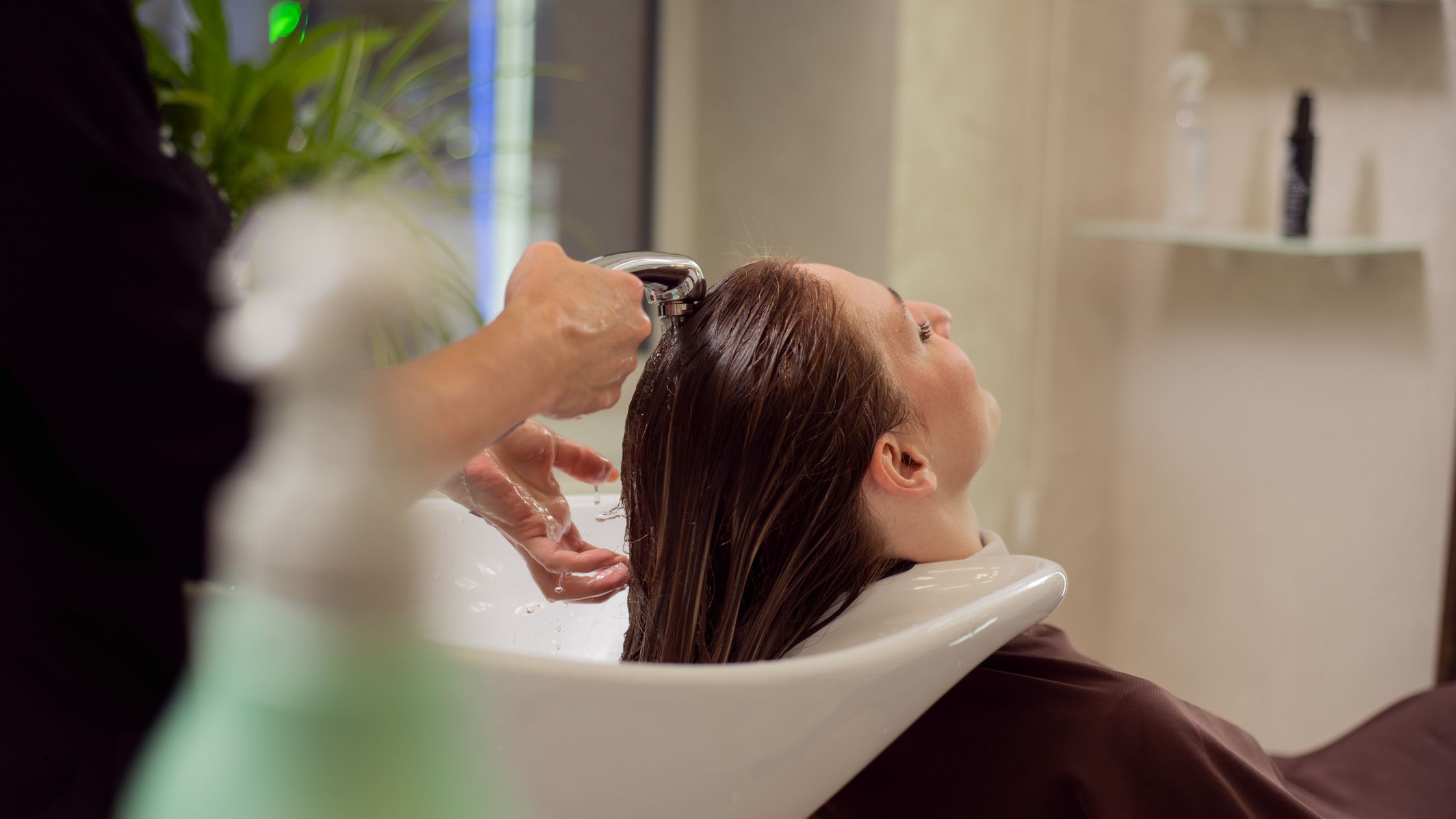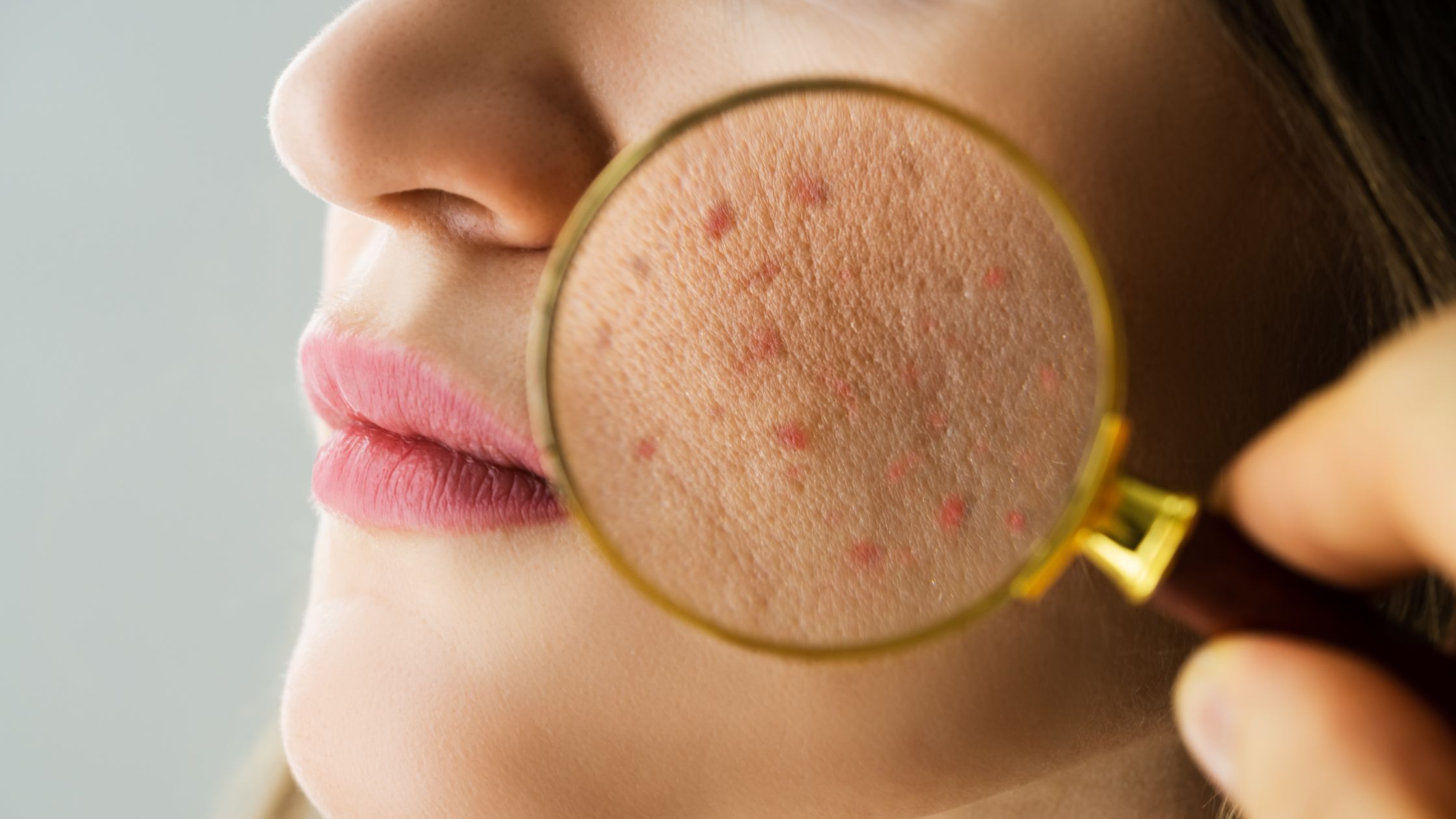Hammam accidents happen. Slips, falls, burns, and even drowning are real risks associated with these relaxing retreats. Ignoring safety can turn a tranquil escape into a traumatic experience.
This guide is essential reading for anyone seeking to enjoy the benefits of a hammam while minimizing the dangers. Your well-being depends on it. So – let’s shed light on what hammam safety standards are!
Hammam Safety Standards: The Cornerstone of a Relaxing Experience
Adherence to stringent safety standards is paramount in creating a secure hammam environment. These standards encompass a wide range of factors, from water quality to staff training, ensuring the safety of every visitor. By prioritizing safety, hammam establishments can cultivate a reputation for trust and reliability, fostering a loyal customer base.
Water Quality: The Lifeblood of Hammam Hygiene
Clean and purified water is fundamental to a hygienic hammam experience. Rigorous safety standards mandate regular testing, filtration, and disinfection of water to eliminate harmful bacteria. Waterborne illnesses can pose significant health risks, making water quality a critical aspect of hammam safety.
- Regular testing: Consistent analysis of water parameters, including pH levels, chlorine or bromine levels, and bacterial counts, is essential to identify and address potential contaminants.
- Advanced filtration systems: Employing high-quality filtration systems effectively removes impurities, debris, and other particles from the water, enhancing its clarity and safety.
- Disinfection protocols: Regular disinfection using approved chemicals or ultraviolet light technology helps eliminate microorganisms that can cause illness.
Temperature Control: Balancing Comfort and Safety
Maintaining optimal temperature levels is crucial for preventing heat-related illnesses. Hammam safety standards define specific temperature ranges for different areas, such as the steam room, tepidarium, and frigidarium.
- Steam room temperature: The steam room should be carefully monitored to ensure temperatures remain within a safe range, typically between 175°F and 195°F (79°C to 90°C). Excessively high temperatures can lead to heatstroke or other heat-related complications.
- Tepidarium temperature: The tepidarium, a warm relaxation area, should provide a comfortable environment for guests to rest between steam sessions. The temperature should be maintained at a pleasant level, usually between 95°F and 105°F (35°C to 40°C).
- Frigidarium temperature: The frigidarium, a cold plunge pool, is essential for cooling down after the steam room. The water temperature should be refreshing but not dangerously cold, typically around 50°F to 60°F (10°C to 15°C).
Ventilation: Creating a Healthy Atmosphere
Proper ventilation is essential for maintaining air quality and preventing the buildup of moisture, which can contribute to mold, mildew, and respiratory issues. Hammam safety standards require efficient ventilation systems to ensure fresh air circulation throughout the facility.
- Exhaust systems: Powerful exhaust fans should be installed to remove humid air and prevent condensation.
- Supply vents: Fresh air intake vents should be strategically placed to introduce clean air into the hammam.
- Regular maintenance: Ventilation systems should be inspected and cleaned regularly to maintain optimal performance.
Slip and Fall Prevention: A Priority
Wet floors are a common hazard in hammam environments. To minimize the risk of slips and falls, safety standards emphasize the importance of non-slip surfaces, proper drainage, and clear signage.
- Non-slip flooring: Installing anti-slip tiles or coatings in wet areas can significantly reduce the risk of falls.
- Effective drainage: Adequate drainage systems should be in place to prevent water accumulation on floors.
- Warning signs: Clearly visible signs should be posted to alert patrons to wet floors and potential hazards.
- Staff training: Employees should be trained in slip and fall prevention measures and emergency response procedures.
Electrical Safety: Protecting Against Hazards
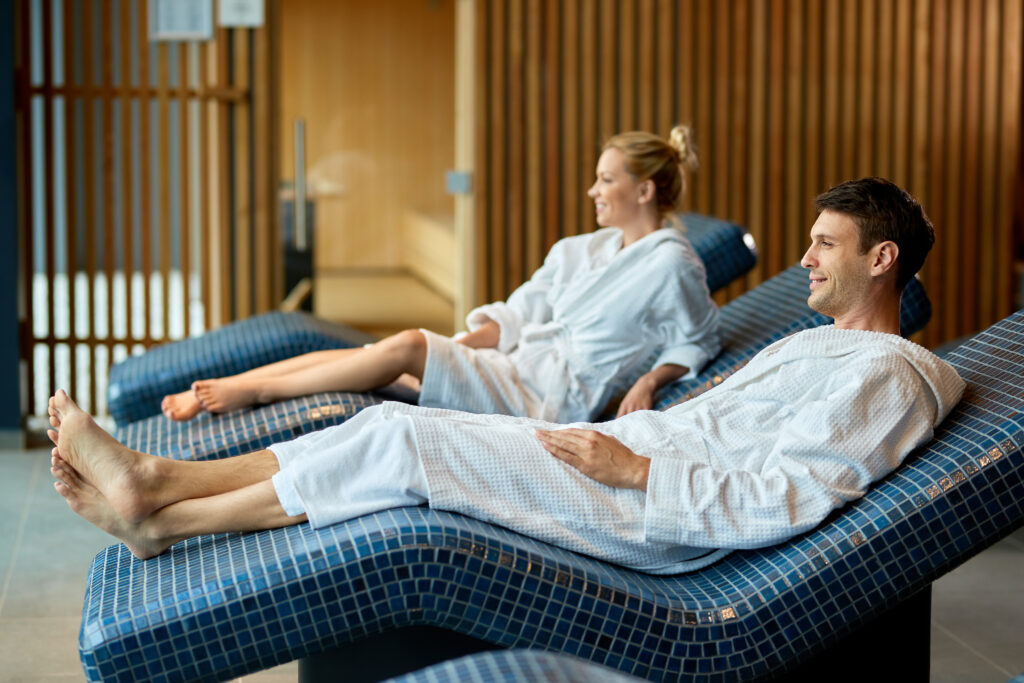
Electrical equipment, such as lights, heaters, and steam generators, must comply with stringent safety regulations to prevent electrical shocks and fires. Regular inspections and maintenance are crucial for ensuring electrical safety.
- Ground Fault Circuit Interrupters (GFCIs): GFCIs should be installed in all electrical outlets to protect against electrical shocks.
- Regular inspections: Electrical systems should be inspected regularly by qualified professionals to identify and address potential hazards.
- Equipment maintenance: Electrical equipment should be maintained according to manufacturer recommendations to prevent malfunctions.
Staff Training: The Foundation of Safety
Well-trained staff are essential for maintaining a safe hammam environment. Employees should receive comprehensive training in emergency procedures, first aid, customer service, and safety protocols.
- Emergency response training: Staff should be trained in how to handle various emergencies, including fires, medical emergencies, and evacuations.
- First aid certification: Having staff members with first aid certification can be invaluable in case of injuries.
- Customer service skills: Friendly and knowledgeable staff can provide guidance to patrons and help prevent accidents.
Emergency Procedures: Planning for the Unexpected
Every hammam should have a detailed emergency plan that outlines procedures for various scenarios, including fires, medical emergencies, and evacuations. Regular emergency drills are essential to ensure staff preparedness.
- Emergency exits: Clearly marked and accessible emergency exits should be provided.
- Fire extinguishers: Fire extinguishers should be readily available and staff trained in their proper use.
- First aid kits: Well-stocked first aid kits should be located in easily accessible areas.
- Emergency contact information: Emergency contact numbers for local authorities and medical services should be prominently displayed.
Guest Safety: Shared Responsibility
While The Old Hammam & Spa owners bear the primary responsibility for safety, guests also play a crucial role in preventing accidents. By following guidelines and exercising caution, patrons can contribute to a safe environment.
- Heed staff instructions: Guests should always listen to and follow the instructions of hammam staff.
- Avoid alcohol consumption: Alcohol can impair judgment and increase the risk of accidents.
- Stay hydrated: Drinking plenty of water is essential to prevent dehydration, especially in hot environments.
- Be aware of surroundings: Guests should be mindful of their surroundings and take precautions to avoid slips and falls.
Final Words
Prioritizing safety and adhering to hammam safety standards is absolutely essential for hammams to create a welcoming and secure environment for patrons. At The Old Hammam & Spa in Edmonton London, we are committed to providing a safe and enjoyable experience for all our guests. We strictly adhere to the highest safety standards, ensuring that our facility meets and exceeds industry regulations.
